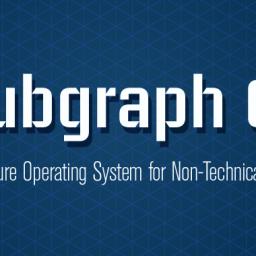Subgraph OS - Secure Linux Operating System for Non-Technical Users
 Friday, March 04, 2016 Swati Khandelwal
Friday, March 04, 2016 Swati KhandelwalArticle in Full w/ Screenshots:
https://thehackernews.com/2016/03/subgraph-secure-operating-system.html
https://archive.is/ZNTFH
"Subgraph OS[1] is a feather weighted Linux flavor that aims to combat hacking attacks easier, even on fairly low-powered computers and laptops.
Subgraph OS comes with all the privacy and security options auto-configured, eliminating the user's manual configuration."
"Subgraph OS offers more than just kernel security. The Linux-based operating system comes with a slew of security and privacy features that its developers believe will be more accessible to non-technical users.
The OS also includes several applications and components that reduce the user's attack surface. Let's have a close look on important features Subgraph OS provides."
1. Automated Enhanced Protection with Application Sandboxing using Containers
2. Mandatory Full Disk Encryption (FDE)
3. Online Anonymity - Everything through Tor
4. Advanced Proxy Setting
5. System and Kernel Security
6. Secure Mail Services
7. Package Integrity
"Subgraph OS also provides an alternative way to trust the downloaded packages. The packages are to be matched against the binaries present in the operating system's distributed package list, thus becoming a finalizer.
Recently Backdoored Linux Mint hacking incident is an example to this.
Thus, Subgraph OS eliminates the usage of any tampered or malicious downloaded packages."
"How to Download Subgraph Os?
Subgraph Os will be available for download via its offical website. Let's wait for the operating system to get unveiled in Logan CIJ Symposium conference in Berlin on March 11-12 to experience the Cyber Isolation!!!"
[1] https://subgraph.com/sgos/